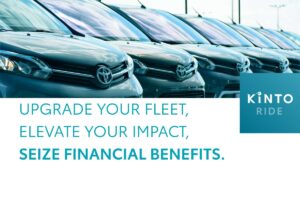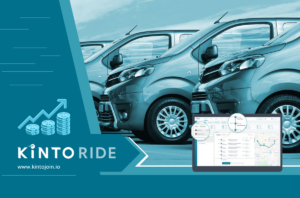Corporate sustainability ideas that improve your ESG reporting ‘score’
November 9, 2023
Are you ready to implement new ideas to enhance your corporate ESG score? Read this blog post and find out how.
Read More »



